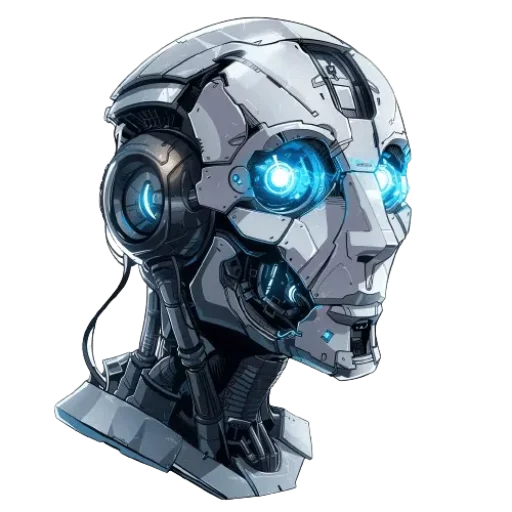Key findings
Generative artificial intelligence (GenAI) is not likely to impact the work of farmworkers, farm, ranch, and aquacultural animal caretakers.
These blue-collar workers are shielded from major AI disruption due to GenAI’s inability to perform physical tasks.
The unique automation wave of GenAI may even increase the demand for these workers, thanks to the growth of premium goods and services.
Their skills in reading comprehension, critical thinking, and problem-solving remain essential, ensuring their continued relevance in the workforce.
How could AI or automation replace or complement job activities?
AI and automation could be used to assist farmworkers in tasks like monitoring livestock health, managing feed distribution, and record-keeping.
However, the physical nature of tasks like herding animals and providing hands-on medical care may limit complete automation.
For example, AI can analyze data to optimize feed portions, but human intervention is crucial for tasks like assisting with animal births.
Job description
Cares for a variety of farm animals, including cattle, sheep, pigs, goats, horses, poultry, rabbits, fish, shellfish, and bees. Responsibilities include feeding, watering, herding, grazing, milking, branding, weighing, and loading animals. Also involves keeping records, checking for illnesses and injuries, assisting with births, and administering medications or vaccinations. Tasks may also include cleaning and maintaining animal housing areas. This job may also involve shearing sheep and collecting eggs in hatcheries.


0 Comments